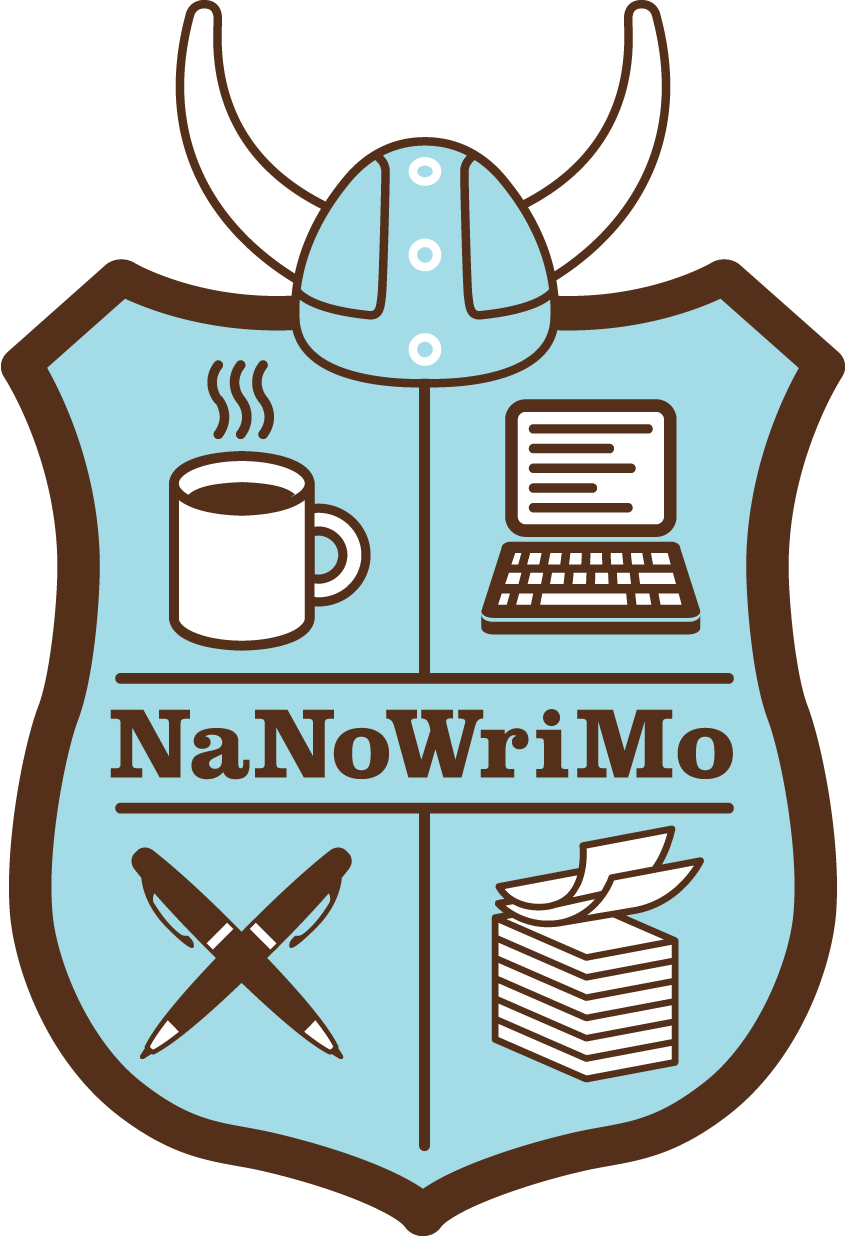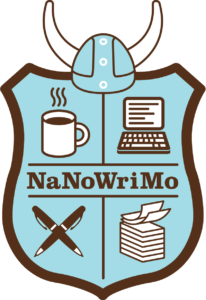
As General Manager for Windwalker Media and an independent author service provider, I keep seeing the same mistakes that derail new authors. Here are a few of the biggest ones that I have encountered, out of a lot of love and a little tongue in cheek.
- If I write it they will come/but my mommy told me I was special
Perhaps in your heart you know you are the next undiscovered J.K. Rowling, but the fact is she spent many years working her craft and perfecting it before being discovered. Your manuscript is competing against approximately 1,000 new books each day, in the United States alone. You may write it but if you want anyone to read it, you need to make it about your reader and not about you.
- But I heard/read everyone is making a lot of money with writing and self-publishing
Nope.
Not even close. Or as my wise old granny used to say, if it sounds too good to be true then they are trying to sell you something. You can make a living as a writer, but it takes time, hard work, and patience. It is a job, just like any other job.
- I can just figure it out as I go along
The best time to start planning is before you even write one word.
Why are you writing? What is the goal? To make money or to be famous – see above. The best reason is because writing is your passion and you have a story that wants to be told. Understanding why you need to write, will help you figure out some of the next steps.
Who is your target reader? Write for them, not you, in their language.
This is also when you start to put together a marketing plan. By doing a little work ahead of time, you will save yourself many hours of frustration.
- I don’t need a marketing plan, my books is so awesome it will sell itself!
Killing this myth will save you so much trouble down the road.
How are you going to distribute your book? EBooks, print, print on demand? Combination? If you plan on just publishing an eBook, then you might be able to get away with a clean and well formatted MS Word document. However, print and print on demand will require someone who knows how to set up your manuscript per the requirements for the company printing your book.
What is your target genre? If you want to succeed and stand out from the 1000 of books you need to find your niche and promote that. Don’t be a romance writer. Instead be an Edwardian period piece romance that specializes in clean Christian bodice rippers. Writing a historical novel? Specify and be an expert in crooked New York politicians in the early 1800s. By finding your niche, you are also finding the people who are going to want to read your book, and help your rankings.
Do you want to try self-publishing or find an agent go the traditional route. Depending on what you choose, your approach will be different. There are many articles that can describe the benefits and disadvantages of both. Perhaps you will try one path and then switch over. The point is to know ahead of time what your options are.
How are you going to market your book? This is the perfect time to start thinking and to start marketing, before you are ready to publish. Good marketing takes time, much longer than you realize. Think of the worst pushiest salesperson you have ever dealt with. Don’t be them. Social media is a great tool but should only be a part of your marketing plan. Start a blog, build friendships, and solve problems. Build real connections over time, and then when the time comes to promote your book, you will have some solid cheerleaders in your corner.
- I can save money by:
Self-editing – If you go on Amazon and look at the number one reason for lost stars, it will be because someone tried to self-edit. After having spent so much time staring at the pages during the writing process, you will miss errors. Typos, grammatical errors, bad sentence structures all upset readers. Upset readers leave bad reviews, which don’t go away. By the way, there are two types of editors, content editors for proof reading and grammar errors and developmental editors which help you make your story flow better. Both are worth every penny.
Design my own book cover – This sounds easy, open up MS Paint, add the title and your name in different fancy fonts, throw in a piece of clip art and voila! Ok, maybe you know the difference between san serif and serif fonts and how they should be used, but it is really easy to tell when someone does their own artwork. If you don’t care enough to invest in your story, why should customers care to read it?
A good cover design will complement your story. This is often the first thing that a customer will see, and it needs to give them information about your book at a glance. A professional will make sure the cover work well as a thumbnail.
Do my own layout – If you are going to offer your book in print, then know there are so many little details that go into making a print book great. Pictures are managed completely differently between an eBook and print book. Alternating headers, gutters, font choices, and a variety of other important details are all items that a professional will handle and that all add up to a quality product.
Have my cousin do the work – The same thing goes for asking a friend or a relative to do any work for you. Unless they are a professional and you are paying them the same rate as any other job, don’t. They might not have the heart to tell you the truth or the skill set needed, so it isn’t worth your reputation. Hire a professional, there are very reasonably priced ones out there.
- Nobody cares about the description, I don’t need to spend a lot of time on it
If you have gotten a customer to read your book description, congratulations! It means they are interested in your book and this is your opportunity to really impress them. Start with a one or two sentence summary and then expand with a couple of paragraphs below that lets the reader know more detail about your book. Include any awards or quotes promoting your book. Don’t blow it with typos, run on sentences AND QUIT YELLING AT EVERYONE WITH BOLDED ALLCAPS!
- I can write my book and get it published in a weekend!
Every part of building your final product will take longer than you expect, especially if you want to produce a quality book that people will want to read. Don’t use this as an excuse to cut corners, but as motivation to plan ahead! Most decent editors and eBook creators are booked for weeks in advanced, if not months.
- Once I put my book up for sale, the reviews will come rolling in
It takes about 50 reviews for Amazon’s algorithm to really start noticing your title and rise in rankings. Customers prefer books that already have reviews, so they can get some idea of the quality of the book. Getting the first few reviews can be painful, especially if you just sit there and wait.
If you have started your marketing and building of relationships before now, then you can offer copies of your book for honest reviews. Don’t be tempted to cheat and pay for reviews. Amazon especially is cracking down on purchased reviews and if your book can’t stand on its own merit, then the paid reviews won’t help you anyway.
This list isn’t meant to discourage you, in fact the hope is to empower you to avoid some of the mistakes that will slow your success down.
~ * ~
If you liked this article, please share. If you have suggestions for further articles, articles you would like to submit, or just general comments, please contact me at paula@publetariat.com



